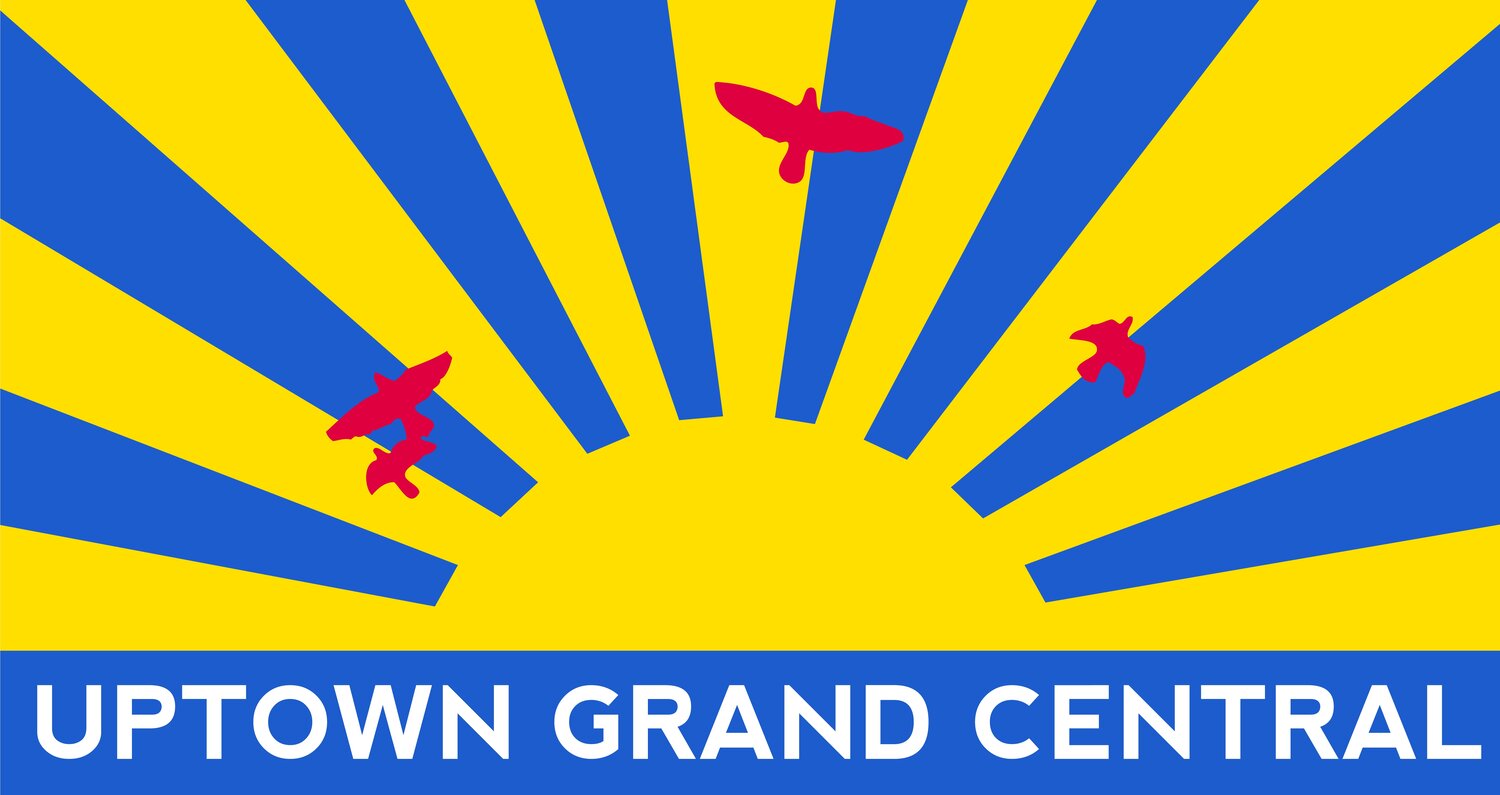CRAIN’S NEW YORK BUSINESS
By Nick Garber
A unanimous City Council vote established the East 125th Street BID as the 77th such organization in the city, helping East Harlem shed its status as the last Manhattan community district without a BID of its own.
East 125th Street, the fast-developing corridor whose growth has coincided with persistent crime and sanitation issues, now has a new distinction: New York’s newest business improvement district.
A unanimous City Council vote on Wednesday established the East 125th Street BID as the 77th such organization in the city, helping East Harlem shed its status as the last Manhattan community district without a BID of its own. Community leaders who have pushed for it since 2021 hope that the better-funded BID will help them step up efforts to clean up neighborhood streets and make them welcoming for residents and businesses.
The time seems ripe to organize businesses and landlords along the corridor. East Harlem has experienced a building boom since a 2017 rezoning, and the planned construction of the Second Avenue Subway extension, which will terminate on East 125th and Lexington Avenue, is all but certain to incentivize more development. Just this month, city and state officials unveiled plans to permit a 684-unit apartment tower atop the subway’s future terminus.
“It started from a community level, of small businesses and residents just wanting to see better for the neighborhood,” said Carey King, director of the nonprofit Uptown Grand Central, which spearheaded the effort and runs street-cleaning programs similar to what the BID will perform. “And it ends up putting us in a better position when these big things come in, that we need to have a unified voice on.”
The new BID will cover 14 blocks and 152 properties between Fifth and Second avenues, and East 124th to 128th streets. Like all BIDs, East 125th Street will draw its revenues from fees known as assessments charged to property owners in the district — funding an annual budget of $750,000 that could increase to $1 million after three years with a board vote.
East 125th’s budget would put it roughly on par with existing BIDs such as SoHo Broadway, although major ones such as the Grand Central Partnership and Times Square Alliance have assessments exceeding $10 million.
Organizers of the East Harlem BID said they are proud of the assessment formula they devised, unique among all of the city’s BIDs, which is designed to reduce fees on buildings that contain affordable housing. Those landlords will be charged based on a combination of their property’s street frontage and taxable value, rather than the typical assessed value, which tends to be higher.
A steering committee backing the East 125th Street BID is co-chaired by the Durst Organization, which has property in the neighborhood, and includes other small businesses and nonprofits. The organizing effort benefited from strong support of local Councilwoman Diana Ayala, who has called it the “cherry on top” of long-running efforts to spruce up the street.
Interest in the BID has been high — King said the organizers had to expand its planned boundaries after Davis Companies, the developers of an in-progress 96-unit residential building at Madison Avenue and East 126th Street, said they wanted to be included.
BIDs have sometimes generated opposition in the neighborhoods where they operate, with critics arguing they serve landlords’ interests at the expense of small businesses and effectively privatize services the city should be handling. Some BIDs deploy teams of security officers that function as quasi-police forces. The East 125th Street BID will not hire any security officers but plans to hire one full-time public safety coordinator who will work with businesses and city agencies including the NYPD.
Sanitation will make up about half the new BID’s services once it gets off the ground around January 2026, King said. The entity will also hire a full-time director and a part-time staffer focused on community outreach.
Open drug use in particular has long plagued East 125th Street and the surrounding blocks, a health hazard that some residents blame on a disproportionate siting of treatment clinics in the area. Major crimes in the police precinct that covers East 125th Street have decreased by 24% this year compared to the same period in 2024, although they have been elevated since the pandemic — with major crimes at higher levels since 2022 than any year since 1998, according to NYPD data.
East 125th has also suffered from being politically splintered — divided between different council districts and community boards. Backers of the BID hope it will help the neighborhood speak with one voice.
“BIDs are just stronger entities than little nonprofits,” King said. “When the Second Avenue subway is coming in, we want a streetscape that’s united, we want the small businesses and the retail, we want the DOT and the MTA to work together. There’s a long laundry list of what we want.”


